Rising energy demand has pushed India to become heavily dependent on oil and gas imports, putting pressure on the economy and forcing the government to find long-term solutions.
India is witnessing increasing dependence on crude oil and natural gas imports in the first half of fiscal 2025, as the gap between domestic production and consumption demand continues to widen.
According to the latest data from the Petroleum Planning and Analysis Cell (PPAC) of the Ministry of Petroleum, India's crude oil import dependency has increased to 88.2% from 87.6% in the same period last year and 87.8% in the entire financial year 2023-24. For natural gas, import dependency stood at 51.5% in the first six months of the financial year, compared to 46.8% in the same period last year.
The rapid increase in energy demand has boosted India's oil and gas imports. While the 2021 financial year saw a decline due to the impact of the Covid-19 pandemic, oil import demand has continued to increase, reaching 87.8% in 2024; 87.4% in 2023 and has continued to increase since 2019. Heavy dependence on crude oil imports makes the Indian economy heavily affected by fluctuations in global oil prices, directly affecting the trade deficit, foreign exchange reserves, rupee exchange rate and inflation.
The Indian government has set a target to reduce dependence on crude oil imports, but domestic production has not kept up with demand. In particular, since early 2015, the government has set a target to reduce dependence on oil imports to 67% by 2022 from 77% in 2013-14, but so far this ratio has continued to increase.
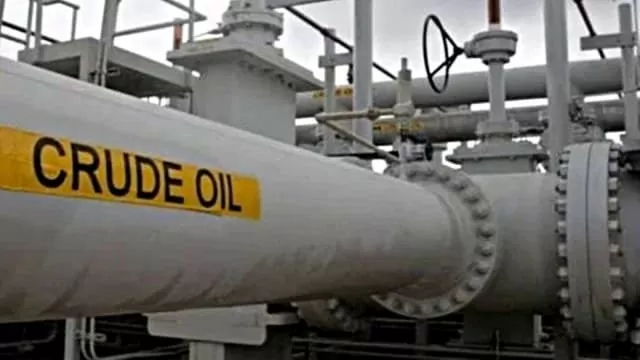 |
| Rising energy demand has pushed India to become heavily dependent on oil and gas imports, putting pressure on the economy and forcing the government to find long-term solutions. |
In addition, the Indian Government is also promoting the development of natural gas, aiming to increase the proportion of gas consumption in the energy structure from more than 6% currently to 15% by 2030. Although it will have to increase imports, the Indian Government still prioritizes the development of gas because this is a fuel that is less polluting than oil and coal, and has a lower cost. Gas is also considered an important transitional energy source, supporting India's move towards a green and sustainable economy.
The Indian government has implemented policies to encourage investment in oil and gas exploration and production, but the results have been limited. In the first half of fiscal 2025, India imported 120.5 million tonnes of crude oil, up from 115.9 million tonnes in the same period last year. The country's total crude oil imports in the first half of the year increased by nearly 12% to $71.3 billion. Natural gas imports also increased by 23% to 18.98 billion cubic meters, at a cost of $7.7 billion.
In addition, India has been promoting electric vehicles, biofuels and alternative energy sources to reduce its dependence on imported oil. Between April and September, India's total domestic consumption of petroleum products was 117.7 million tonnes, of which only 13.8 million tonnes were produced domestically. This shows that the country's self-sufficiency rate is only 11.8%.
Reducing dependence on energy imports is an urgent issue for India, according to analysts. While measures to promote renewable energy growth and domestic production are being implemented, rising energy demand and pressure on import costs are requiring the government to come up with stronger and more innovative solutions in the coming time.
https://indianexpress.com/article/business/indias-reliance-on-imported-oil-natural-gas-grows-stagnant-domestic-production-lags-demand-growth-9641799/
Source: https://congthuong.vn/an-do-doi-mat-ap-luc-khi-phu-thuoc-dau-tho-va-khi-dot-nhap-khau-ngay-cang-nhieu-355215.html



![[Photo] The 1st Congress of Phu Tho Provincial Party Committee, term 2025-2030](https://vphoto.vietnam.vn/thumb/1200x675/vietnam/resource/IMAGE/2025/9/30/1507da06216649bba8a1ce6251816820)
![[Photo] Solemn opening of the 12th Military Party Congress for the 2025-2030 term](https://vphoto.vietnam.vn/thumb/1200x675/vietnam/resource/IMAGE/2025/9/30/2cd383b3130d41a1a4b5ace0d5eb989d)
![[Photo] General Secretary To Lam, Secretary of the Central Military Commission attends the 12th Party Congress of the Army](https://vphoto.vietnam.vn/thumb/1200x675/vietnam/resource/IMAGE/2025/9/30/9b63aaa37ddb472ead84e3870a8ae825)
![[Photo] President Luong Cuong receives President of the Cuban National Assembly Esteban Lazo Hernandez](https://vphoto.vietnam.vn/thumb/1200x675/vietnam/resource/IMAGE/2025/9/30/4d38932911c24f6ea1936252bd5427fa)
![[Photo] Panorama of the cable-stayed bridge, the final bottleneck of the Ben Luc-Long Thanh expressway](https://vphoto.vietnam.vn/thumb/1200x675/vietnam/resource/IMAGE/2025/9/30/391fdf21025541d6b2f092e49a17243f)








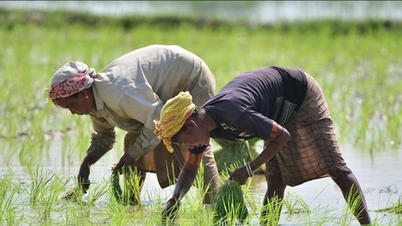
















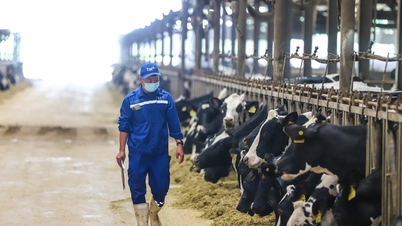

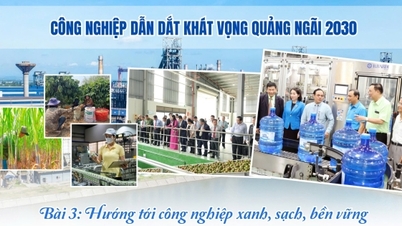






























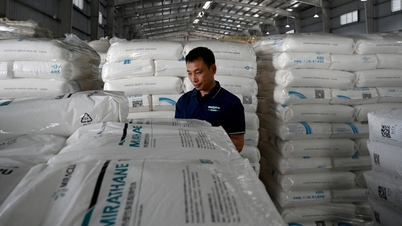


















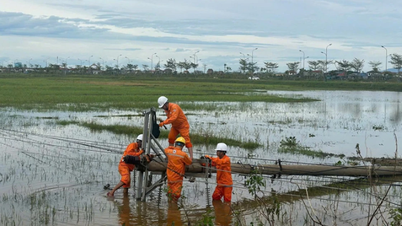





















Comment (0)